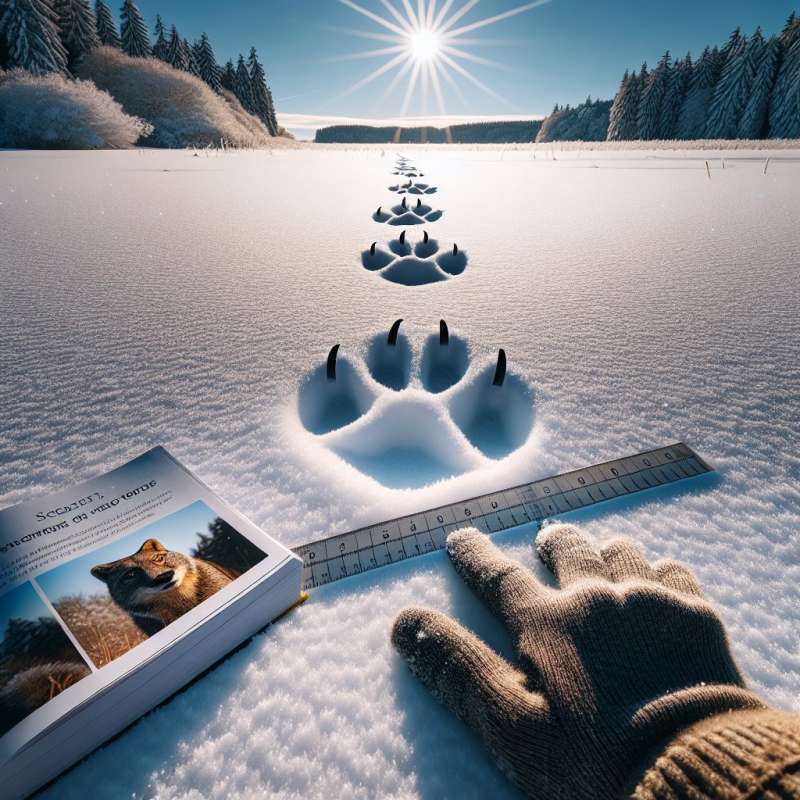
Tracking Basics Introduction
Discover essential tracking techniques to identify wildlife in snowy landscapes. Understand gait patterns, track dimensions, and unique animal signatures left in the snow.
Interpreting Gait Patterns
Different species have distinct movement patterns. Learn to distinguish between walkers, hoppers, waddlers, and gallopers by examining the distance and arrangement of tracks.
Track Dimensions and Shape
Measure the size and shape of tracks. Larger animals like bears leave deep, broad prints, while smaller creatures like squirrels leave tiny, shallow marks.
Identify Claws and Hooves
Carnivores often leave claw marks, unlike most herbivores. Hoofed animals leave two-part prints, while predators' prints are more rounded and robust.
Analyzing Track Surroundings
Investigate nearby signs like scat, tree scratches, or burrows. These clues help confirm the species and provide insight into animal behavior and habitat use.
Snow Consistency Matters
Snow quality affects track appearance. Fresh, powdery snow preserves clear prints, while melting snow may distort track size and shape, complicating identification.
Track Preservation Techniques
Learn to preserve tracks for further study. Photograph tracks with a ruler for scale, or create a plaster cast to capture intricate details for analysis.Invisible Tracks
Some animals, like the Arctic fox, can walk backwards in their own footprints to avoid detection by predators.
What identifies carnivores in snow?
Two-part hoof marks
Tiny, shallow marks
Claw marks presence
Company